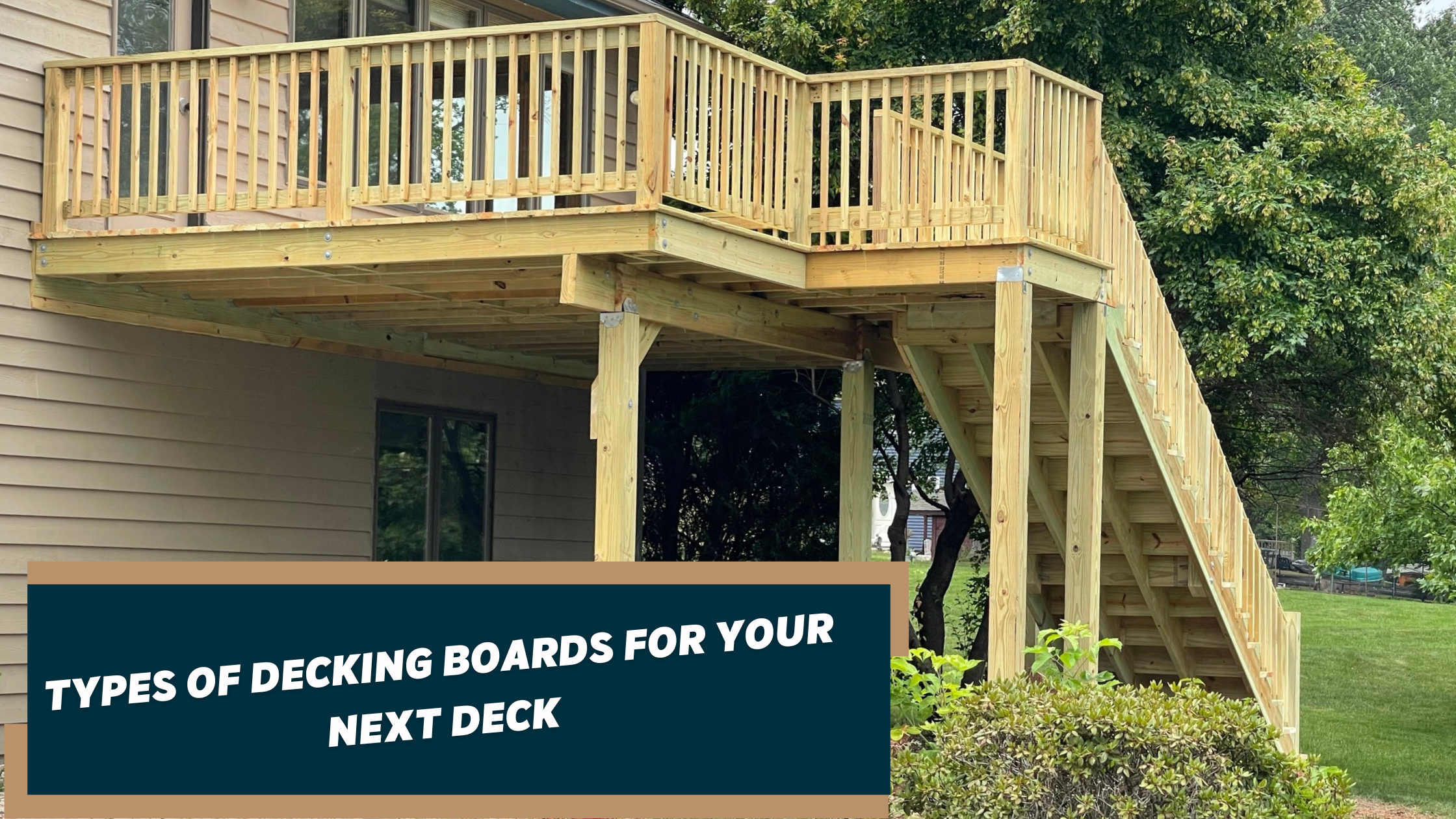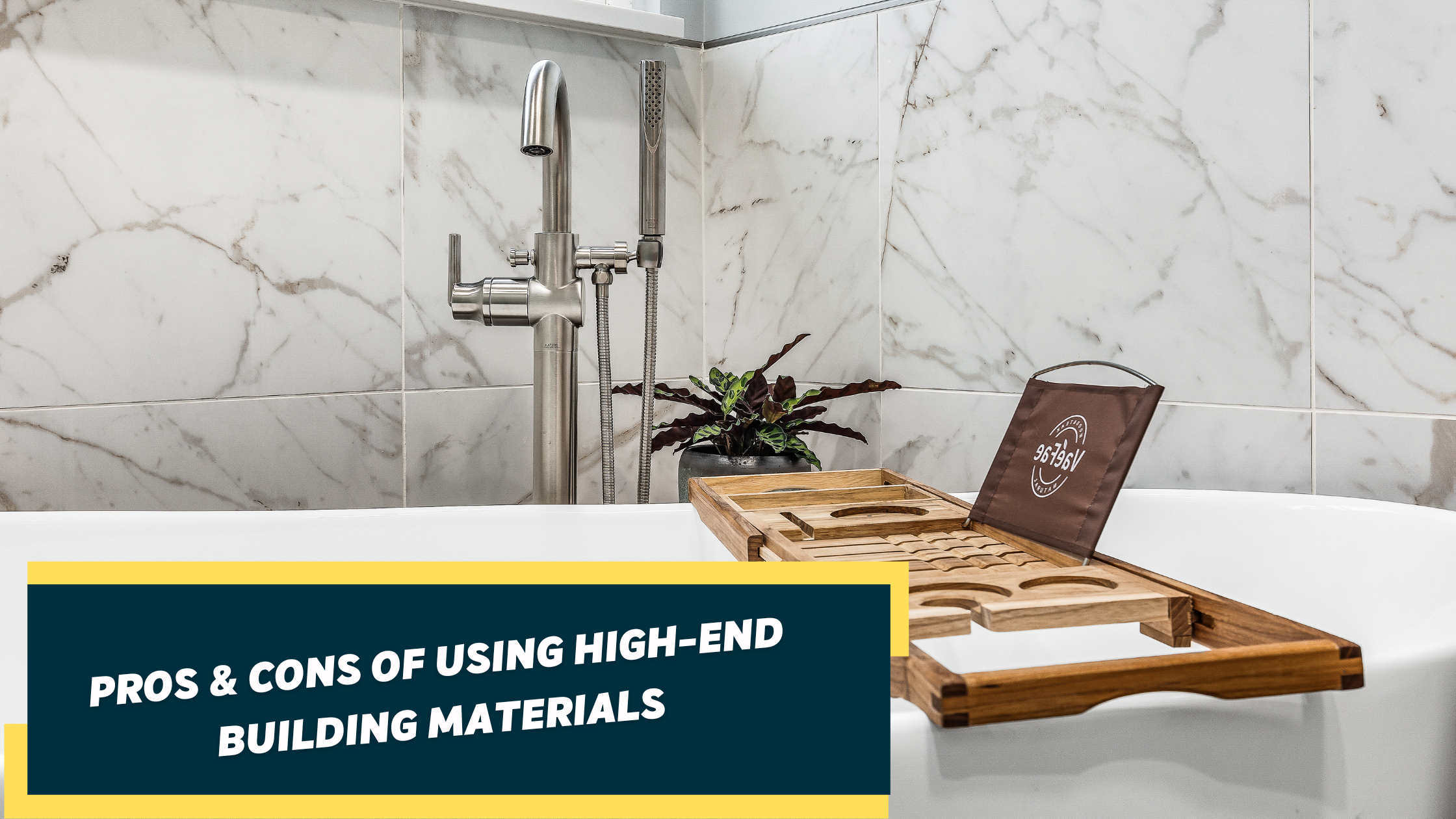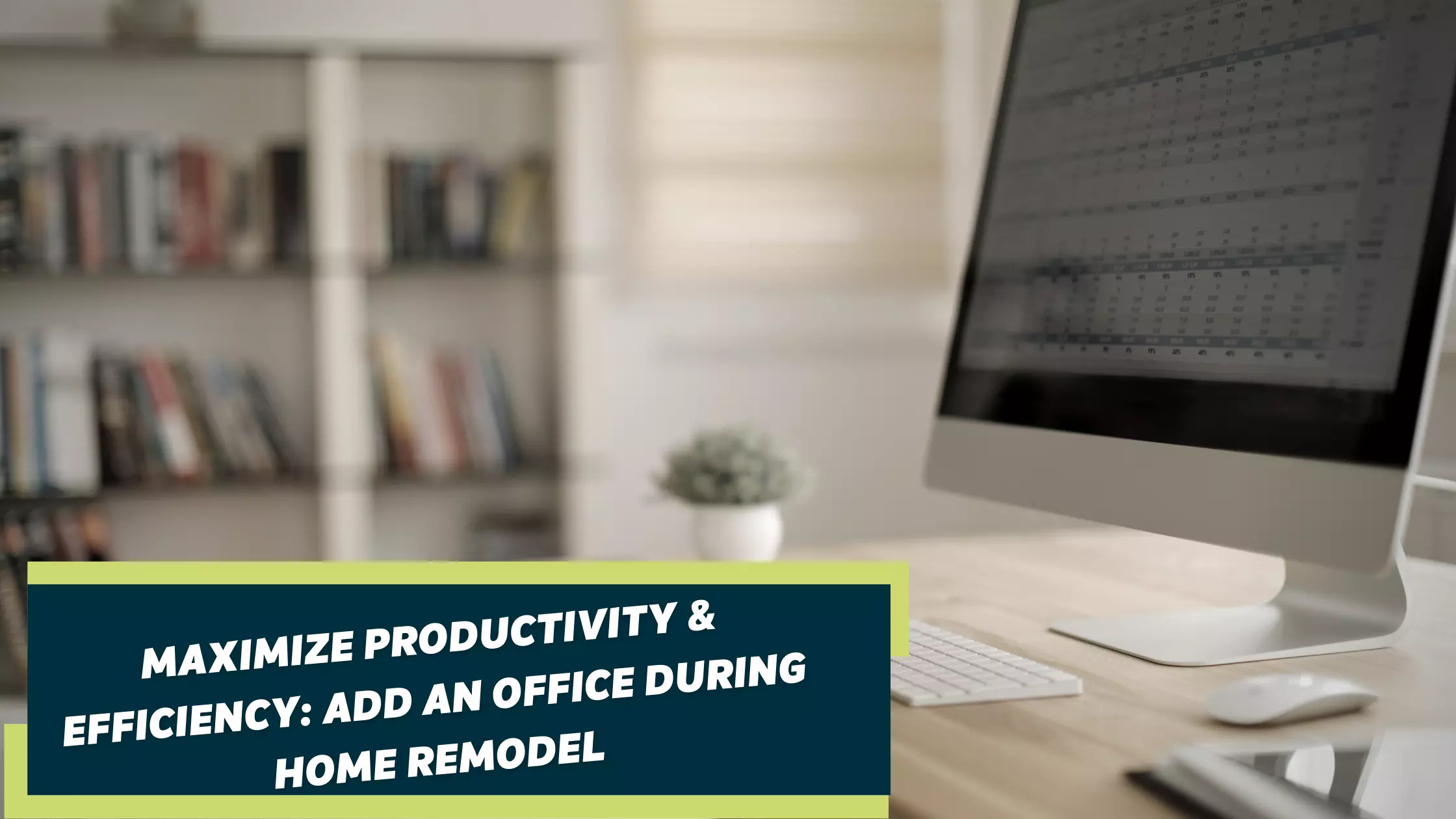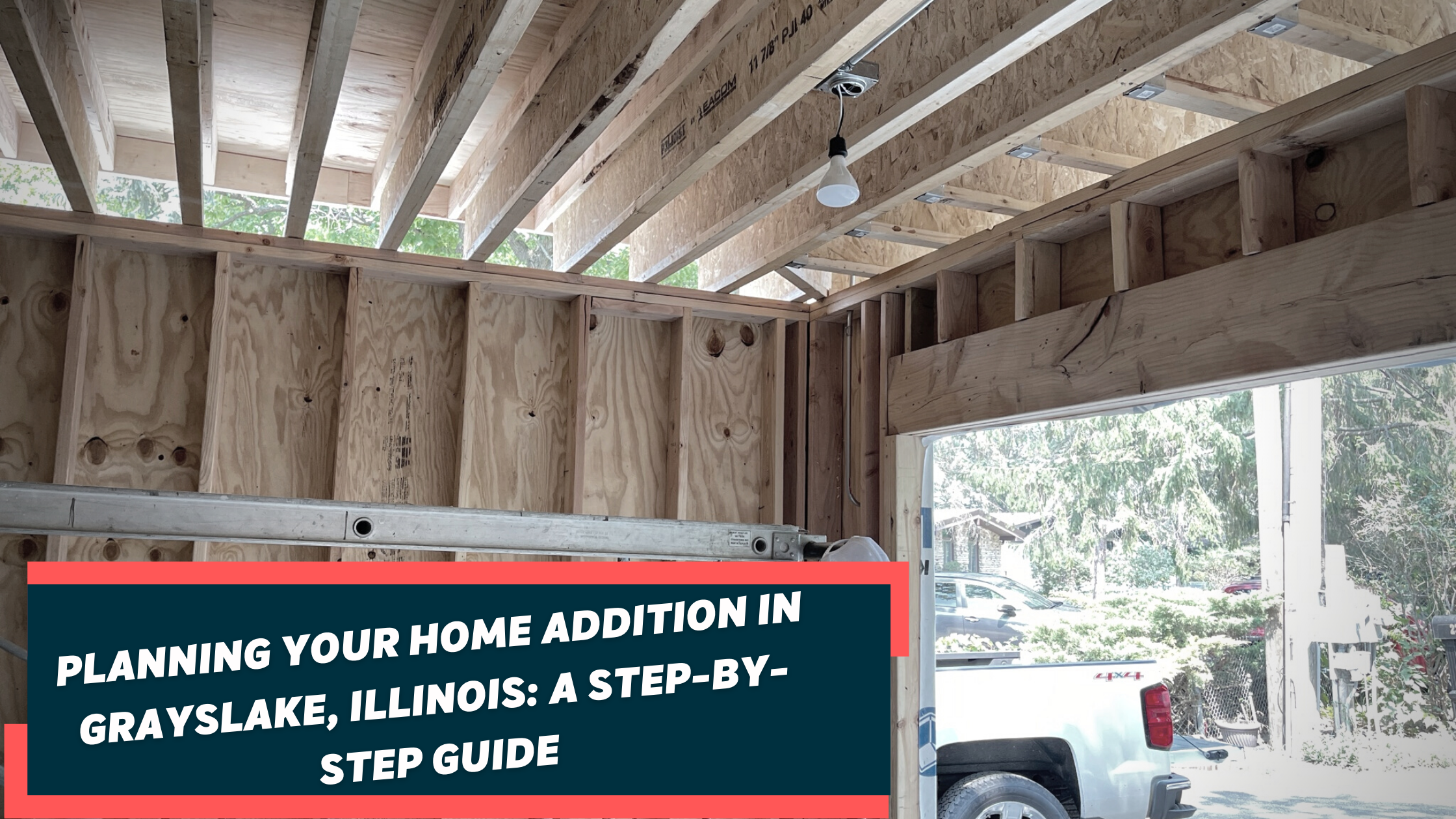Introduction to Home Remodel Budgeting: Home remodeling projects can be a great way to update and enhance your living space, but they can also be expensive. With the average cost of a home remodel in the U.S. ranging from $17,000 to $75,000, it’s important for homeowners to budget carefully to avoid overspending and financial stress.
Budgeting for a home remodel involves carefully assessing your finances, setting a realistic budget, and breaking down costs by project. In this article, we will discuss the importance of budgeting for a home remodel, how to create a budget, cost-saving tips, common mistakes to avoid, and a case study of how homeowners in Gurnee, Illinois budgeted for their home remodel.
Why is Budgeting Important for Home Remodel?
- Avoiding Overspending: One of the main reasons for budgeting is to avoid overspending on your home remodel. Without a budget, it’s easy to get carried away with your project and spend more than you can afford.
- Prioritizing Expenses: A budget helps you prioritize which aspects of your home remodel are most important to you. This can help you make decisions on where to allocate your funds.
- Planning for Unexpected Costs: Home remodels often come with unexpected costs, such as repairs or changes in design. A budget allows you to plan for these additional expenses and avoid financial strain.
How to Create a Home Remodel Budget:
- Assessing Your Finances: Before creating a budget, it’s important to assess your current financial situation. Take into account your income, savings, and any existing debts or expenses.
- Setting a Realistic Budget: Based on your financial assessment, set a realistic budget for your home remodel. This should include all expenses, such as materials, labor, and permits.
- Breaking Down Costs by Project: Break down your budget by project to get a better understanding of where your money will be going. This can help you make decisions on where to cut costs if needed.
Cost-Saving Tips for Home Remodel Projects:
- DIY Projects: Consider tackling some projects yourself to save on labor costs. However, be sure to only take on tasks that you have the skills and tools for.
- Choosing Affordable Materials: You don’t have to sacrifice quality for cost. Shop around for the best deals on materials and consider using alternative materials that are more budget-friendly.
- Negotiating with Contractors: Don’t be afraid to negotiate with contractors for better prices. You may also want to get multiple quotes from different contractors to compare costs.
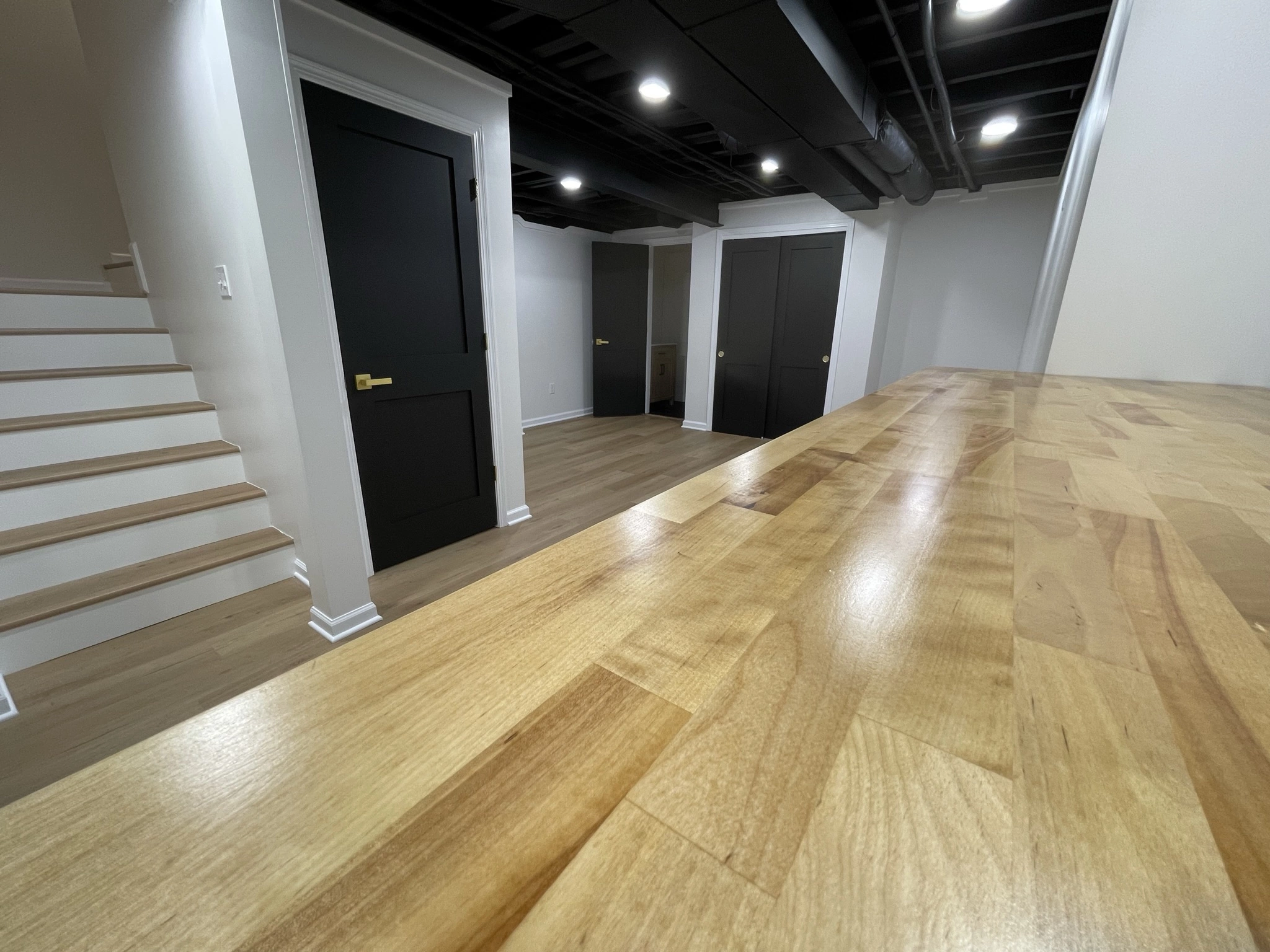
A wooden bar in a basement.
Common Mistakes to Avoid in Home Remodel Budgeting:
- Underestimating Costs: It’s important to be realistic about the costs of your home remodel. Be sure to do thorough research and factor in all possible expenses.
- Not Factoring in Contingency Funds: Unexpected costs can easily arise during a home remodel, so it’s important to have a contingency fund in your budget to cover these expenses.
- Not Considering Long-Term Costs: When budgeting for your home remodel, be sure to consider any long-term costs that may arise, such as maintenance or utility costs.
Case Study: How Gurnee Homeowners Budgeted for their Home Remodel: A couple in Gurnee, Illinois wanted to remodel their kitchen and bathroom for a total budget of $30,000. However, they ended up spending over $40,000 due to unexpected costs, changes in design, and upgrades to materials. Despite the initial budget overrun, they were happy with the final result and learned valuable lessons about budgeting for future projects.
Conclusion: Budgeting is a crucial aspect of any home remodel project. It helps homeowners avoid overspending, prioritize expenses, and plan for unexpected costs. By assessing your finances, setting a realistic budget, and breaking down costs by project, you can have a successful and stress-free home remodel.
Key Takeaways:
- Budgeting is crucial for homeowners planning a home remodel to avoid overspending, prioritize expenses, and plan for unexpected costs.
- Creating a realistic budget involves assessing finances, setting a budget, and breaking down costs by project.
- To save costs, homeowners can consider DIY projects, affordable materials, and negotiating with contractors. They should avoid underestimating, not factoring in contingency funds, and considering long-term costs.
Why is Budgeting Important for Home Remodel?
When it comes to home remodeling, having a budget is crucial for a successful and stress-free experience. In this section, we will discuss the importance of budgeting for a home remodel and how it can help homeowners avoid overspending, prioritize their expenses, and plan for unexpected costs. By understanding the benefits of budgeting, homeowners in Gurnee can ensure that their home renovation stays within their means and meets their desired goals.
1. Avoiding Overspending
- Set a realistic budget based on thorough research and cost estimates.
- Prioritize expenses by identifying essential versus non-essential upgrades and features.
- Track spending meticulously to avoid overspending and exceeding the allocated budget.
2. Prioritizing Expenses
- Identify essential expenses, such as structural repairs, to ensure the home’s safety and integrity.
- Prioritizing Expenses: High-traffic areas like the kitchen and bathroom should be prioritized for functional and aesthetic upgrades.
- Allocate budget for energy-efficient solutions to reduce long-term utility costs.
Expect the unexpected with your home remodel budget – it’s like playing a game of budgeting Russian roulette!
3. Planning for Unexpected Costs
- Make sure to allocate a contingency fund to cover any unforeseen expenses.
- Thoroughly research and plan for any potential additional costs, such as structural issues or permit fees.
- Consult with professionals to anticipate and address any unexpected budgetary requirements.
Fact: According to studies, actively planning for unexpected costs in home remodeling can reduce financial stress by 30%.
Before you start dreaming of marble countertops, let’s see if you can even afford a single tile with this budgeting guide.

How to Create a Home Remodel Budget
Planning a home remodel can be an exciting yet overwhelming process. One crucial step that often gets overlooked is creating a budget. To ensure that your home remodel stays within financial boundaries, it is essential to establish a realistic budget from the start. In this section, we will discuss the key components of creating a home remodel budget, including assessing your finances, setting realistic expectations, and breaking down costs by project. By following these steps, you can confidently move forward with your home renovation while staying financially responsible.
1. Assessing Your Finances
When evaluating your financial situation for a home renovation, follow these steps:
- Calculate your total savings, including any funds specifically set aside for home improvements.
- Analyze your monthly income and expenses to determine how much discretionary income you have available.
- Review your credit score and current debt to determine how much you can borrow.
For effective budgeting, keep track of all your expenses and consider seeking advice from a financial advisor for personalized guidance.
2. Setting a Realistic Budget
- Evaluate your finances meticulously, including income, savings, and available credit.
- Research current market prices for materials and labor to determine a realistic budget for your project.
- Consider potential unexpected costs by allocating a buffer amount for contingencies.
Divide and conquer your remodeling costs by breaking them down into smaller, more manageable projects.
3. Breaking Down Costs by Project
- Identify Projects: Categorize renovation components such as kitchen, bathroom, flooring, etc.
- Specify Costs: Break down expenses within the designated project categories, including materials, labor, and permits.
- Research Quotes: Obtain detailed quotes from contractors or suppliers for accurate budgeting.
- Allocate Contingency: Set aside a portion of the budget for unexpected expenses within each project.
Don’t break the bank – DIY, bargain hunt, and haggle your way to a stunning home remodel.
Cost-Saving Tips for Home Remodel Projects
When it comes to home remodeling, one of the biggest concerns for homeowners is the budget. How can one achieve their dream home without breaking the bank? In this section, we will discuss some cost-saving tips for home remodel projects. From DIY projects to choosing affordable materials and negotiating with contractors, we’ll cover tactics that can help Gurnee homeowners stick to their budget while creating the home of their dreams.
1. DIY Projects
- Assess your skills and capabilities for the DIY project.
- Research and plan the DIY project thoroughly.
- Invest in quality tools and materials for the DIY project.
- Seek guidance from online tutorials or home improvement books for the DIY project.
- Be prepared to invest time and effort into the DIY project.
In the late 19th century, DIY projects gained popularity as part of the Arts and Crafts movement, emphasizing the value of handcrafted items and self-sufficiency.
2. Choosing Affordable Materials
- Research: Explore various materials and compare prices to find cost-effective options.
- Consider Alternatives: Look for budget-friendly alternatives without compromising quality, such as using laminate flooring instead of hardwood.
- Buy in Bulk: Purchase materials in larger quantities to take advantage of bulk discounts.
- Refurbish: Consider refurbishing or repurposing existing materials to save on costs.
When selecting materials for your home remodel, it’s important to find a balance between cost and quality. Conducting thorough research, exploring alternative options, buying in bulk, and refurbishing existing materials are all effective methods for keeping expenses low without sacrificing the overall outcome of your project.
Because in the end, it’s all about finding that perfect balance between quality and cost when dealing with contractors.
3. Negotiating with Contractors
- Research and compare quotes from multiple contractors.
- Clearly outline the scope of work and timeline expectations.
- Negotiate with contractors while maintaining open communication and being firm on your budget requirements.
- Ensure all details, including potential cost-saving options, are clearly outlined in the contract.
When negotiating with contractors, it’s important to respect their expertise and labor while also being firm on your budget requirements. By establishing a mutually beneficial agreement, you can ensure a successful home remodeling project.
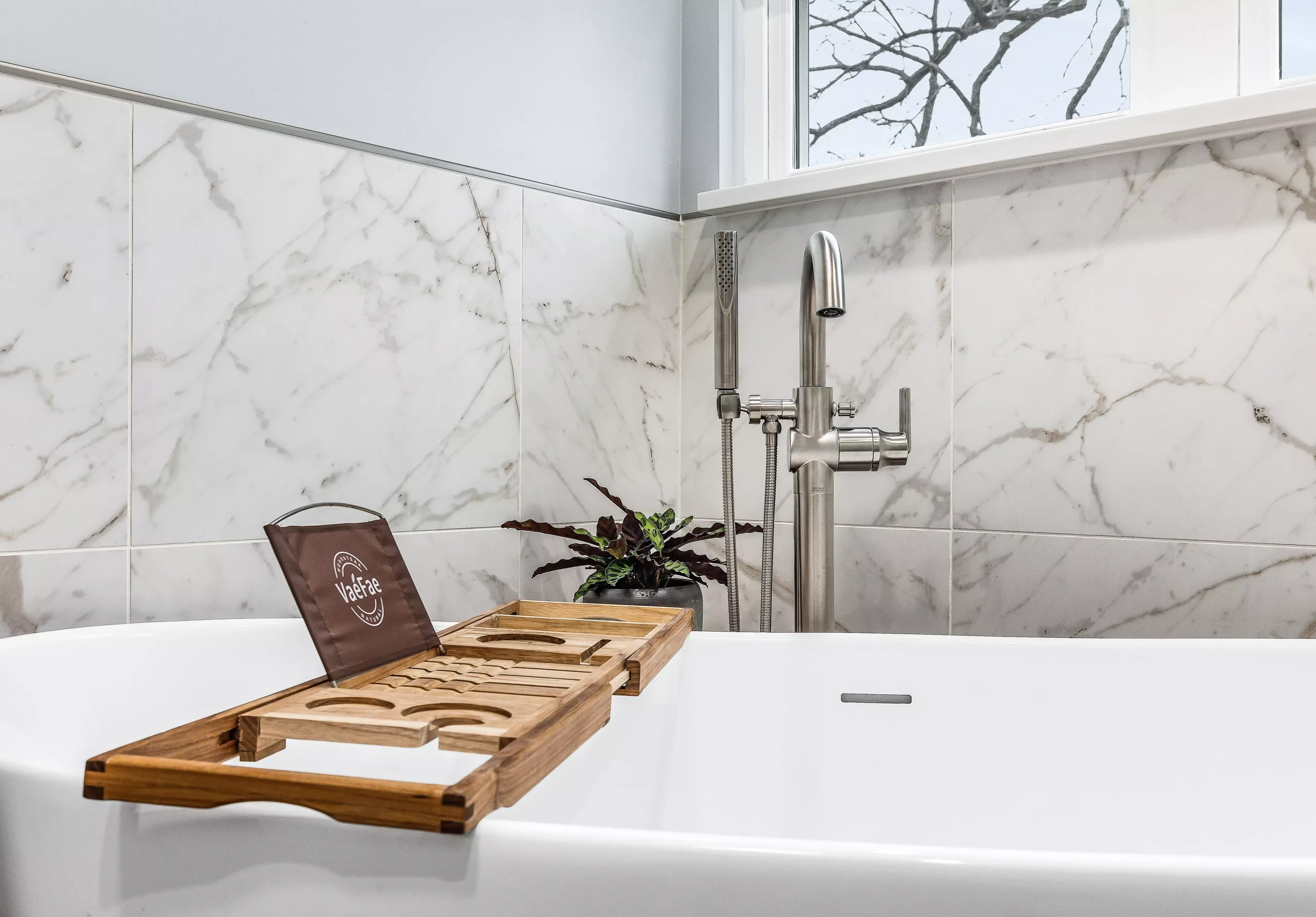
Common Mistakes to Avoid in Home Remodel Budgeting
When it comes to home remodeling, proper budgeting is crucial for a successful and stress-free experience. However, many homeowners make common mistakes that can lead to overspending and unexpected expenses. In this section, we will discuss the top three mistakes to avoid when budgeting for a home remodel. From underestimating costs to not planning for long-term expenses, we’ll cover everything you need to know to avoid these pitfalls.
1. Underestimating Costs
- Thorough Research: Conduct thorough research to gather accurate cost estimates for materials, labor, and any potential additional expenses in order to avoid underestimating costs.
- Consult Professionals: Seek advice from experienced contractors or professionals to fully understand the scope of the project and associated costs.
- Contingency Planning: Allocate a contingency fund of at least 10-20% of the total budget to account for unexpected expenses and avoid underestimating costs.
2. Not Factoring in Contingency Funds
When budgeting for a home remodel, it’s crucial to consider contingency funds to avoid financial strain and project delays. Here are key steps:
1. Assess potential risks and uncertainties in the project scope.
2. Allocate at least 10-20% of the total budget for unforeseen expenses, including a separate contingency fund.
3. Create a detailed list of potential unexpected costs based on the project’s complexity and allocate funds accordingly.
Pro-tip: It is important to factor in contingency funds to address any unforeseen expenses and ensure a smoother home remodel process.
3. Not Considering Long-Term Costs
- Underestimating Maintenance Expenses: Not factoring in long-term upkeep costs may lead to financial strain.
- Ignoring Energy Efficiency: Overlooking energy-efficient features can result in higher utility bills over time.
- Choosing Short-Term Solutions: Opting for quick fixes instead of durable, long-lasting options may lead to frequent repairs.
When budgeting for a home remodel, it’s crucial to consider the long-term financial implications, including potential costs, to ensure sustainable and cost-effective choices.
Case Study: How Gurnee Homeowners Budgeted for their Home Remodel
Home remodeling projects can be costly and overwhelming, but proper budgeting can help ease the financial burden. In this case study, we will examine how homeowners in Gurnee planned and budgeted for their home remodel. We will first discuss their initial budget plan and strategies for staying within their budget. Then, we will explore unexpected costs and adjustments that arose during the project and how the homeowners managed them. Finally, we will share the lessons they learned and offer tips for future budgeting for home remodels.
1. Their Initial Budget Plan
- Evaluate your current financial situation, including savings and available credit.
- Research and estimate the cost of materials, labor, and any associated expenses for the remodel.
- Consult with professionals to gain insights into potential costs and requirements for the project.
- Allocate funds for unexpected costs by setting aside a contingency budget.
As homeowners, John and Sarah carefully considered and planned their initial budget for renovating their kitchen, taking into account material costs, contractor fees, and a contingency fund. They thoroughly researched and sought advice from experts to create a realistic and comprehensive budget plan.
2. Unexpected Costs and Adjustments
- Assess the Impact: Evaluate the effect of unexpected costs and adjustments on the overall budget.
- Reassess Priorities: Determine if any adjustments are needed to the project scope or material choices.
- Seek Alternative Solutions: Explore cost-effective alternatives or negotiate with suppliers and contractors.
- Document Adjustments: Keep detailed records of any budget changes to maintain financial transparency.
Did you know? Studies show that around 20% of home remodeling projects exceed their initial budget due to unexpected costs and adjustments.
3. Lessons Learned and Tips for Future Budgeting
- Track Expenses: Keep detailed records of all expenses to better estimate future projects.
- Review Budget: Regularly assess the budget to make necessary adjustments and improvements.
- Seek Professional Advice: Consult with financial advisors or experienced remodelers to gain insights for effective budgeting.


